Memory is a Key Theme in ‘Inherited Labor’
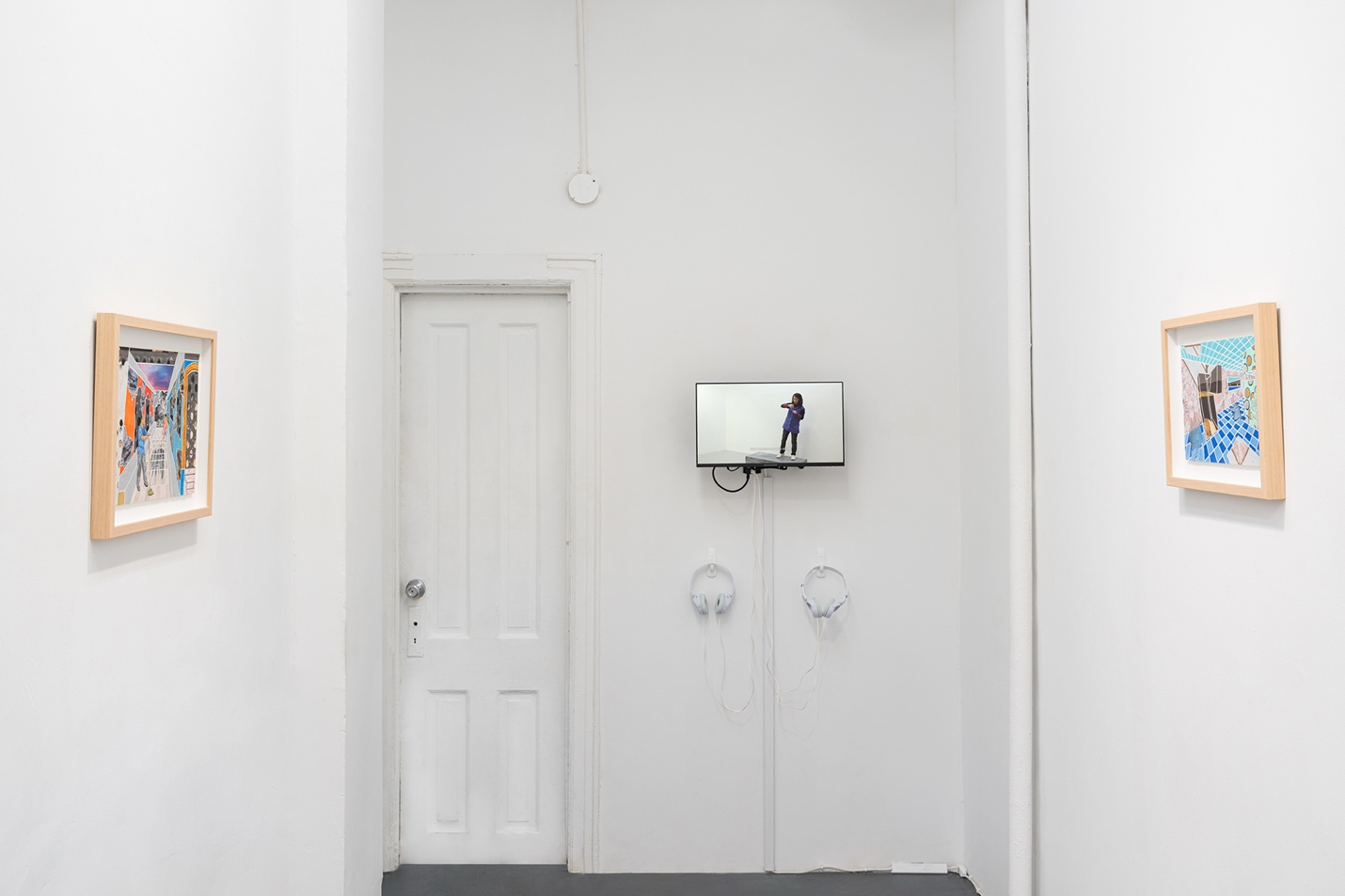

Stopping in Manhattan on my way to aid my convalescing mother, I walked into an exhibition at GHOSTMACHINE Gallery that spoke to my situation. Over the past months, I’ve been caught up in what anthropologists call reproductive labor: the work, compensated or not, of caring for others. Curated by Emireth Herrera Valdés under the banner of The Border, a project space founded by Jamie Martinez, Inherited Labor continues a series of exhibitions by Herrera Valdés focusing on varieties of labor and their intersections with the immigrant experience at venues like 601Artspace and the University of Pennsylvania.
While Inherited Labor’s overt themes involve reproductive and affective labor like childcare, elder care, and raising a family, there is another strong subtextual thread that links the works on display. All five artists examine labor through mnemonic form: archives, stories, songs, and routines.
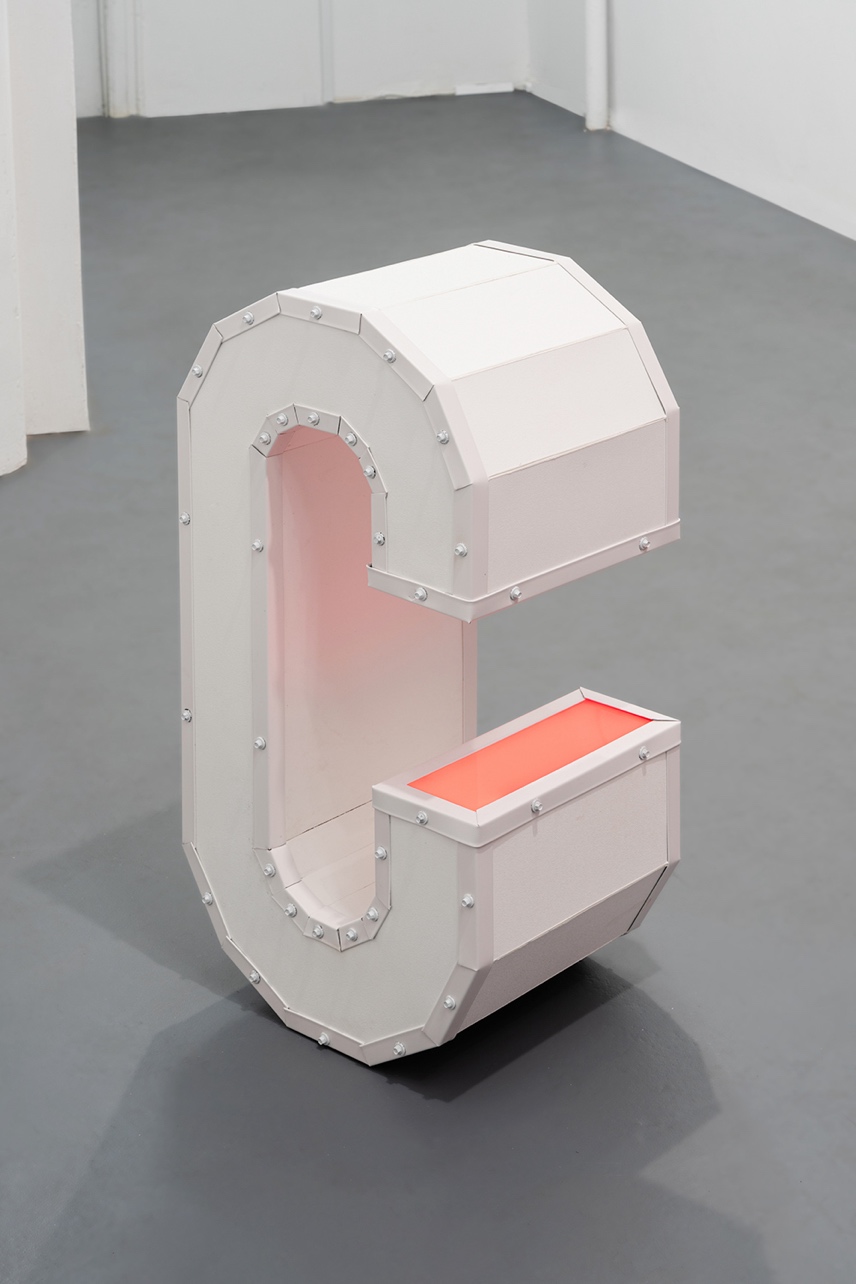
Zac Harmon: The Song of a Domestic Worker
Zac Hacmon’s Miki (2025), looks like a ventilation duct looping back on itself. Miki is the result of Hacmon’s collaboration with a housekeeper and caregiver named Miki, now in her 80s, who has spent much of her life doing domestic work for a family in Los Angeles. Miki’s voice emanates from a gap in the duct, accompanied by the warm orange glow of a hearth. She sings El Corrido de Durango, a song from her hometown that her grandfather once sang to her father as a lullaby. The song, dating back to Mexico’s revolutionary period, recounts the deeds of Pancho Villa, a revolutionary figure also originally from Durango. A message passed down through the generations, Miki’s voice keeps history, heritage, and memory alive despite great distances of time and space.
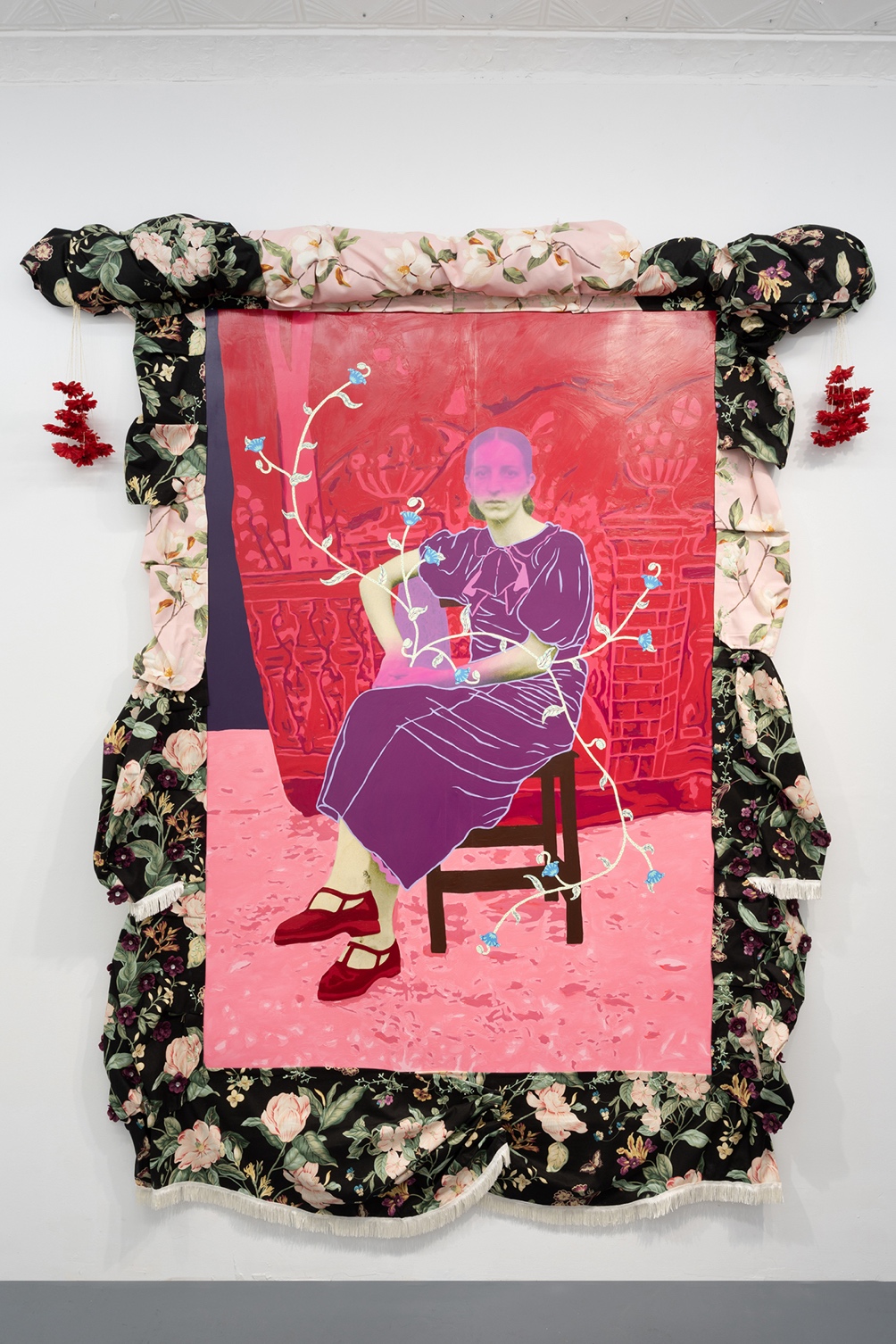
Daisy Patton: A Stranger’s Photograph
Daisy Patton’s large-scale work, Untitled (Seated Pink Woman with Red Painted Backdrop) (2024) evokes the nostalgia of vintage photography. Lacking family photographs from her Iranian father’s side of the family, Patton sources archival materials as the basis of her work. The subject is posed for a portrait, a mode of depiction that combines familial intimacy with the archival formality: the image may have been meant for a family album or a frame on the mantle, but ended up here. The result is a found family image, a stranger made familiar by the artist’s intervention.
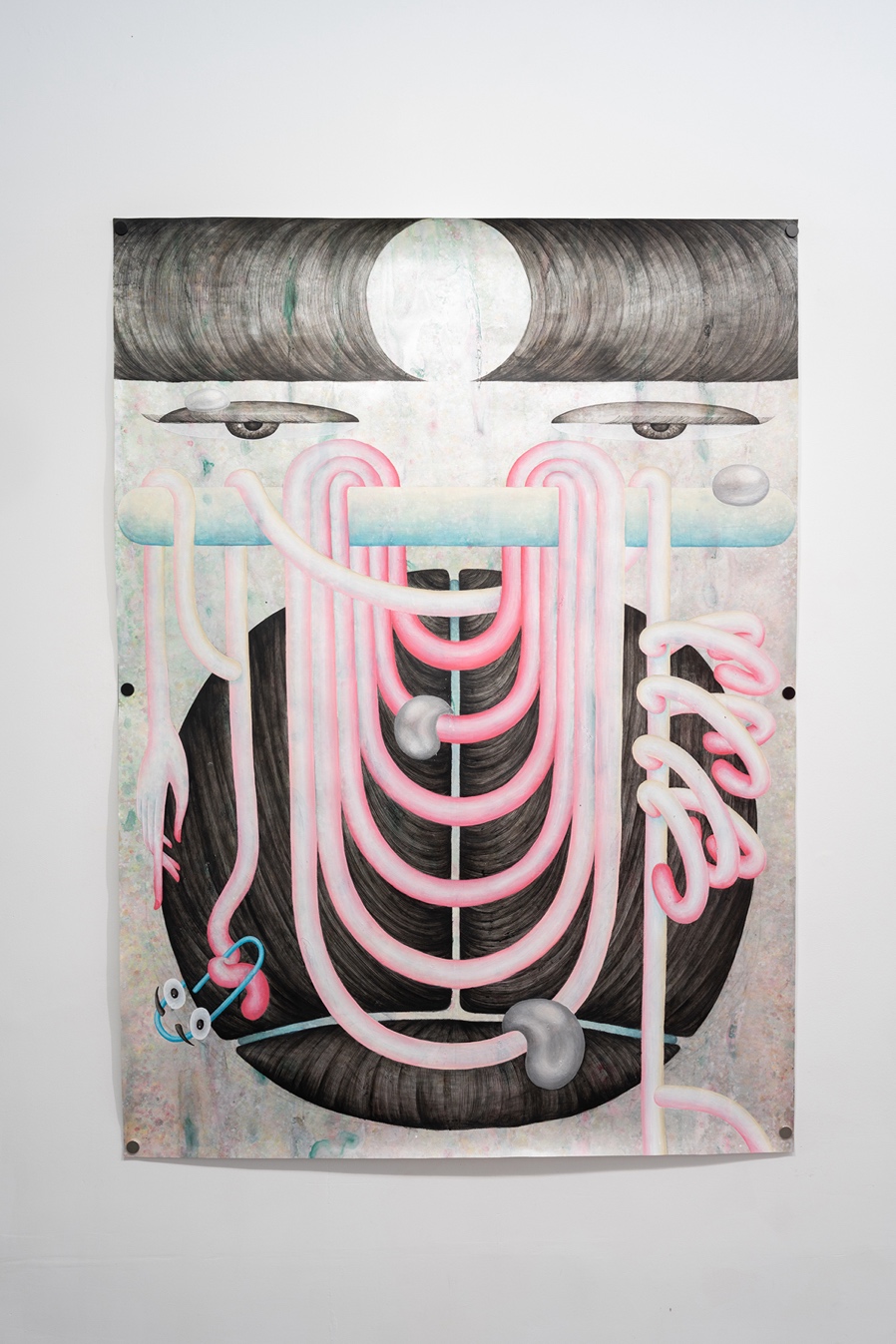
Jen Liu: A Body Fragmented
Jen Liu’s Hello Hello Hung Out to Dry (2025), presents the body in pieces: hair, eyes, silvery skin, and viscera hanging on display like clothes on a line. This is not a vision of Deleuze’s “Body without organs,” but rather a body reduced to organs, broken apart into discrete functional systems. The artist relates her body of work to historical and contemporary economic exploitation, with the body presented as functional in its fragmentation.
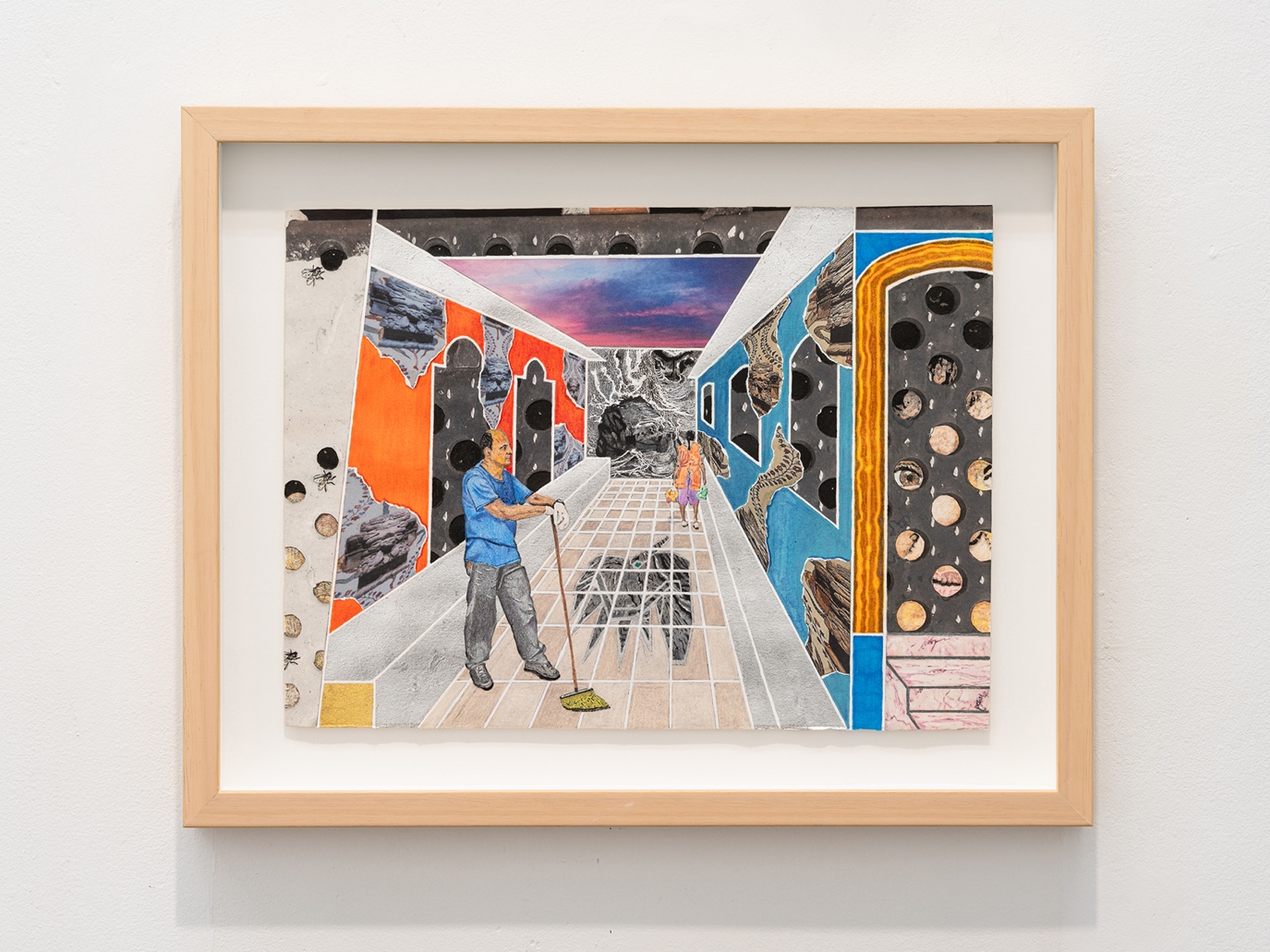
Gabino A. Castelán: Phantasmal Scenes
Gabino A. Castelán’s drawings are also fragmented, with space distorted into hallucinatory dreamscapes that, like the twisted logic of a dream, maintain some grounding in the real world. While the basic lines and planes could have been lifted from architectural renderings, the colorful patterns and strange narratives that inhabit these spaces tell a different story, like the ghostly figure exiting stage left in Approaching Thunderstorm (2021), suggesting a phantasmal domestic scene fading from memory
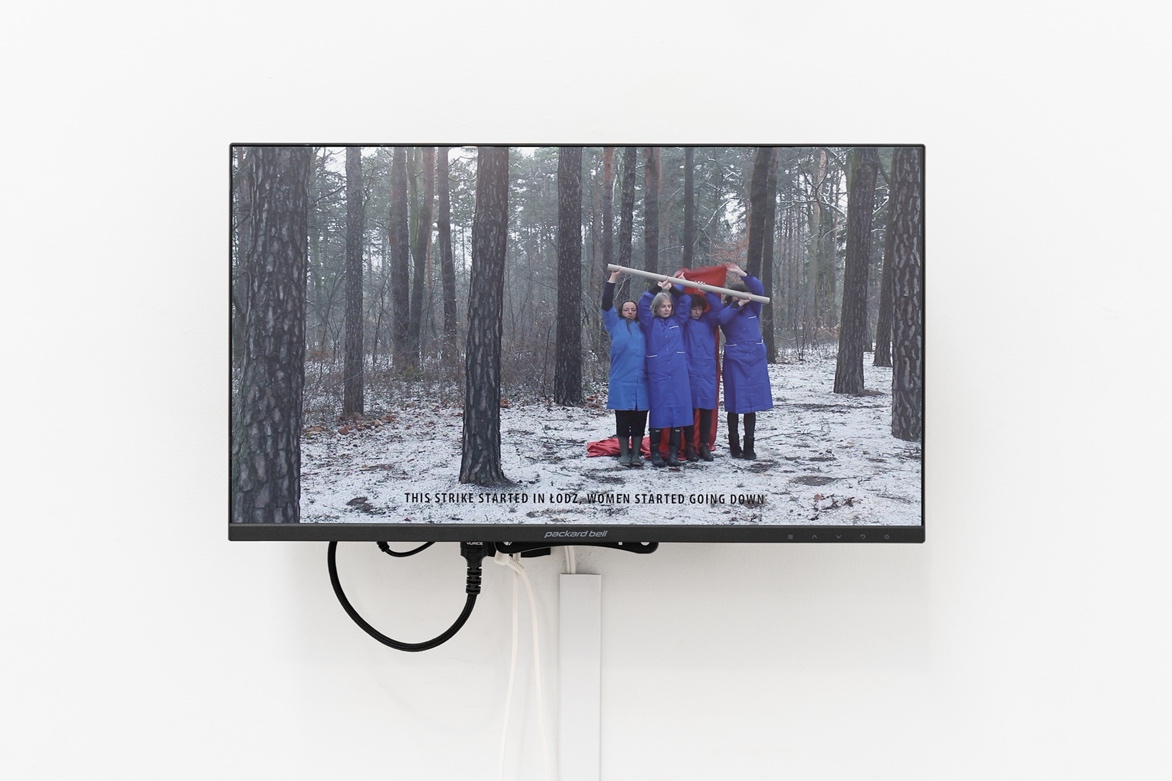
Anna Fabricius: Memory
Three videos by Anna Fabricius play on a monitor in the rear of the gallery. All three of them involve the performance of labor as passed down through generations of workers. In Immaterial (2013), five actors pantomime manual labor, working with their hands to type, calculate, or assemble on an invisible work surface. Only four of these figures fit in the frame at once, and the camera continually pans left or right, always keeping one of them out of view. In Erika, Cable Assembler / Erika, kábelszerelő (2013), a performer on a platform acts out her work routine, removed from the context of the workspace and inhabiting a gallery space instead.
Fabricius’s video Experience Engrosses the Memory 02 — A Tapasztalat letisztázza az Emlékezetet 02 (2017) is based on testimonials from retired textile workers from factories in Łódź, Poland. Four performers slowly unroll a bolt of red fabric while standing in a snowy forest as a narrator reads about factory life in a hoarse whisper under the sound of a chirping bird. The motions and stories of these workers are kept alive even if the factories and textile work are but a memory.
***
Memory is a key theme in Inherited Labor; the memories of workers kept alive by performers repeating and reanimating their motions, memories of others found in an archive and adopted into one’s own narrative, and memories of family and heritage and revolution sung through a circuit closed by voice and light. This review was written during brief lapses of my own affective labor, with my mother asleep in the next room or in the waiting areas and transfusion suites of Memorial Sloan Kettering Cancer Center. In caring for my mother, I preserve memories of her past, of our better times, learning her stories in preparation for the day when she isn’t around to tell them herself. Because, someday, memories will be all that we have, and then memories will be all that we will be.
Inherited Labor curated by Emireth Herrera Valdés was on view at The Border hosted at Ghostmachine, October 4 – October 25, 2025, 23 Monroe Street, New York, New York.
You Might Also Like
Jamie Martinez: The Shadow of Colonialism
To be a Woman is to be an Actress: Elisabeth Subrin at Participant Inc
What's Your Reaction?
Roman Kalinovski de Kalinova is an artist and writer living and working in Brooklyn. His writings on art, culture, and technology have been featured in Artcritical, Hyperallergic, Quiet Lunch, Arte Fuse, Art Spiel, Digitally Downloaded, and other outlets.

